Arundo donax
Entire Plant contains 5-MeO-DMT (Shulgin, TIHKAL)
Flowers contain DMT, 5-MeO-DMT, and 5-MeO-NMT (Shulgin, TIHKAL)
Roots contain DMT, 5-MeO-DMT, 5-MeO-NMT, Bufotenine, bufotenidine, dehydrobufotenidine (Shulgin, TIHKAL)
Desmanthus Illinoensis
Root contains DMT - 0.200% (Ott)
Root Bark contains DMT - 0.340% (Ott)
Phalaris arundinacea
Leaves of contain DMT, 5-MeO-DMT, and related compounds (Smith 1977)
Phalaris aquatica
syn.
Phalaris tuberosa

Leaves and seedlings contain DMT, 5-MeO-DMT, and related compounds (Smith 1977)
DMT - 0.100% (erowid)
5-MeO-DMT - 0.022% (erowid)
5-OH-DMT - 0.005% (erowid)
Phragmites australis 
DMT in roots (Ott)
Delosperma acuminatum 
DMT, 5-MEO-DMT (Trout's Notes)
Delosperma cooperi
DMT, 5-MEO-DMT (Trout's Notes)
Delosperma ecklonis 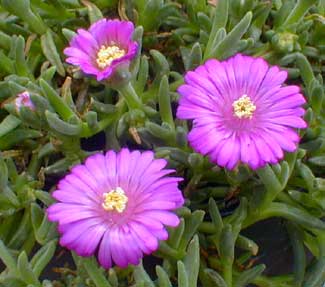
DMT (Trout's Notes)
Delosperma esterhuyseniae 
DMT (Trout's Notes)
Delosperma hallii 5-MEO-DMT (Trout's Notes)
Delosperma harazianum DMT, 5-MEO-DMT (Trout's Notes)
Delosperma harazianum
Shibam DMT (Trout's Notes)
Delosperma hirtum DMT (Trout's Notes)
Delosperma lydenbergense 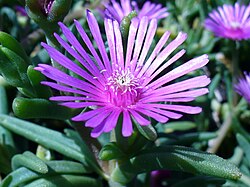
DMT, 5-MEO-DMT (Trout's Notes)
Delosperma nubigenum 5-MEO-DMT (Trout's Notes)
Delosperma pageanum DMT, 5-MEO-DMT (Trout's Notes)
Delosperma pergamentaceum Traces of DMT (Trout's Notes)
Delosperma tradescantioides 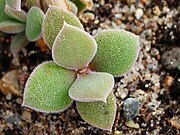
DMT (Trout's Notes)
Petalostylis cassioides 
0.4-0.5% tryptamine, DMT, etc. in leaves and stems (Johns et al 1966)
Acacia acuminata Up to 1.5% alkaloids, mainly consisting of tryptamine in leaf (Lycaeum)
Acacia alpina Active principles in leaf (M.Bock)
Acacia angustifolia Psychoactive Tryptamines (Rätsch 2004)
Acacia angustissima 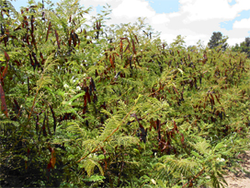
β-methyl-phenethylamine (Glasby 1991)
NMT and DMT in leaf, 1.1-10.2 ppm (McSweeney et al. 2005)
Acacia auriculiformis 
5-MeO-DMT in stem bark (Lycaeum)
Acacia baileyana 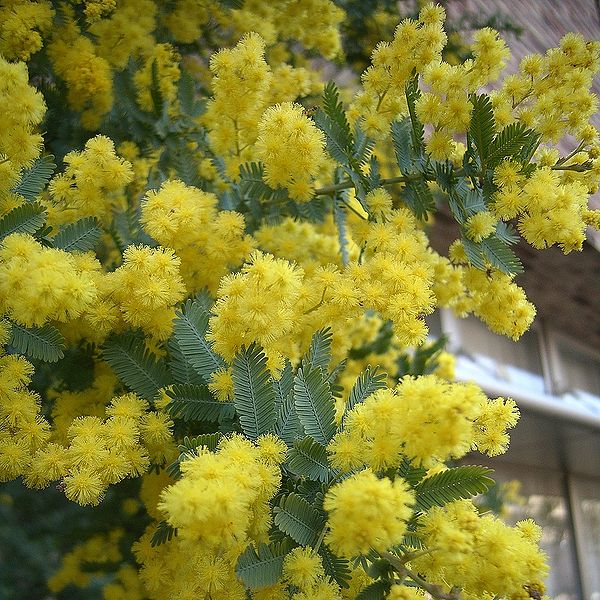
0.02% tryptamine and β-carbolines, in the leaf, Tetrahydroharman (Ott)
Acacia berlandieri 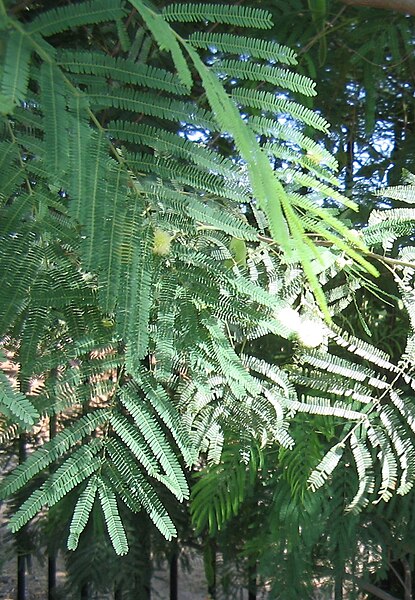
Amphetamine, Methamphetamine, N,N-Dimethylamphetamine, 4-Methoxyamphetamine, 4-Hydroxyamphetamine (Shulgin 2001)
DMT and others (Phytochem. 199
 Acacia catechu
Acacia catechu 
DMT and other tryptamines in leaf, bark (Trout's Notes)
Acacia caven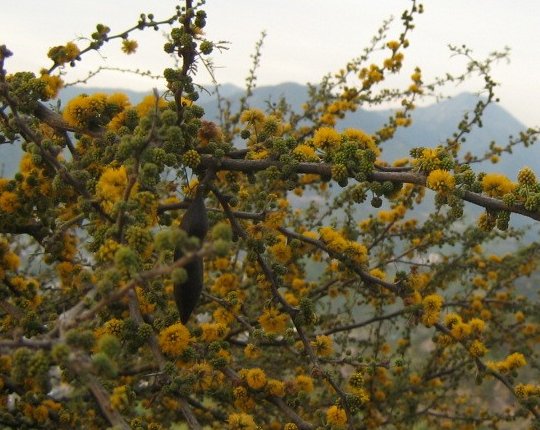
Psychoactive
Acacia colei DMT (Dr. Karl and abc.net.au 2005)
Acacia constricta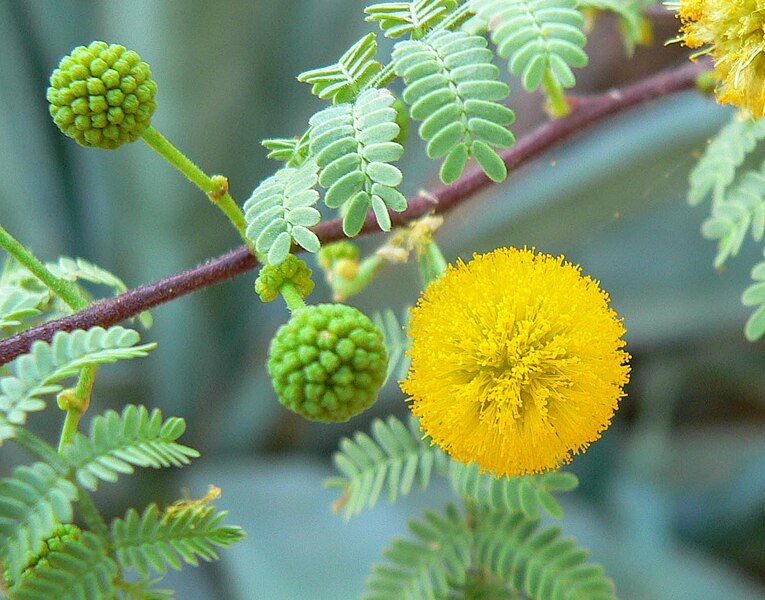
β-methyl-phenethylamine[12]
Acacia complanata 0.3% alkaloids in leaf and stem, N-methyl-tetrahydroharman with traces of tetrahydroharman (Johns et al. 1966)
Acacia confusa 
N-chloromethyl-N,N-dimethyltryptamine, N-methyltryptamine, N,N-dimethyltryptamine, and N,N-dimethyltryptamine-N-oxide (Quinn et al. 2006)
Acacia cornigera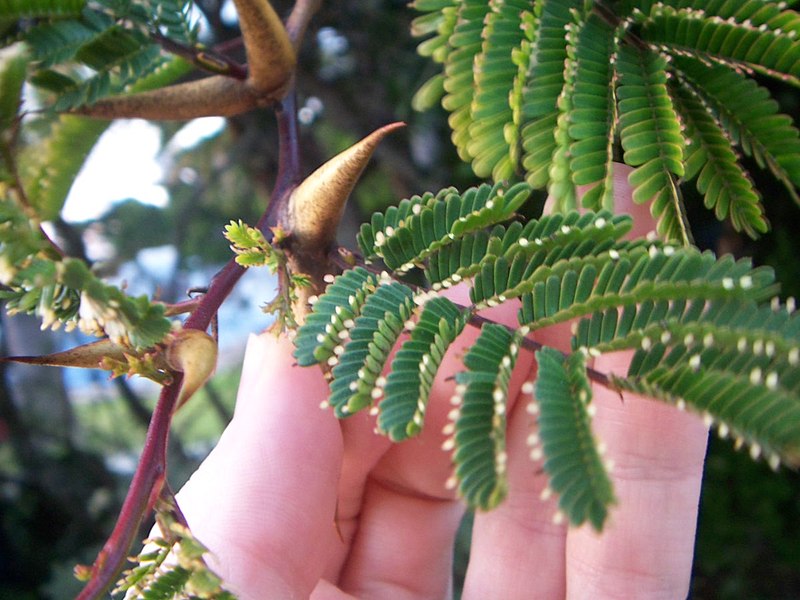
Psychoactive,[8] Tryptamines[27]
Acacia cultriformis 
Tryptamine in the leaf and stem (Trout's Notes)
Acacia farnesiana 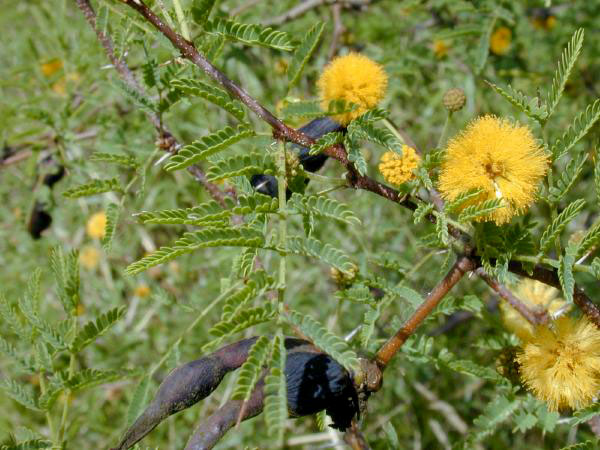
Tryptamines and phenethylamines (Lyceaum)
N-Methyl-Beta-Phenethylamine (Duke 1992)
Acacia filiciana Psychoactive
Acacia floribunda Tryptamine, phenethylamine,[33] in flowers[15] other tryptamines,[34] phenethylamines
Acacia georginae Psychoactive,[8] plus deadly toxins
Acacia greggii 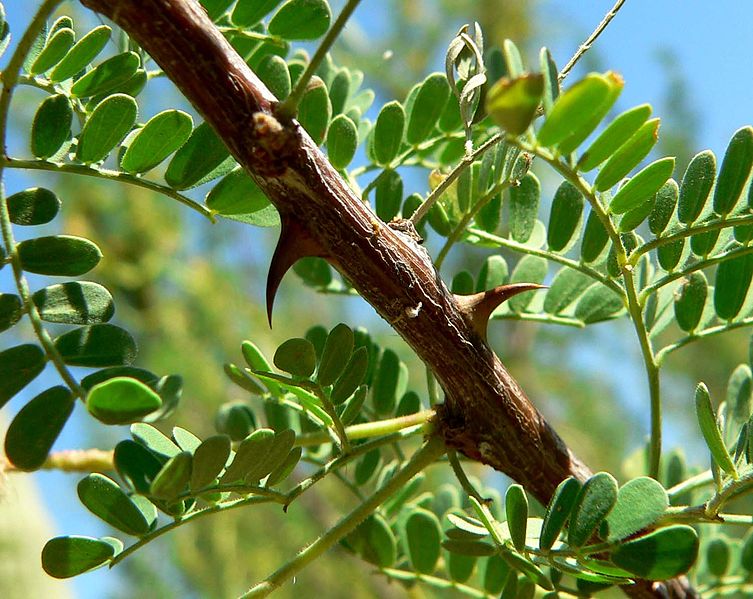
N-methyl-β-phenethylamine,[12] phenethylamine[36]
Acacia harpophylla Phenethylamine, hordenine at a ratio of 2:3 in dried leaves, 0.6% total[6]
Acacia holoserica Hordenine, 1.2% in bark[6]
Acacia horrida 
Psychoactive
Acacia implexa
Psychoactive
Acacia karrooPsychoactive
Acacia kempeanaPsychoactive
Acacia kettlewelliae1.5[6]-1.88%[38] alkaloids, 92% consisting of phenylethylamine.[6] 0.9% N-methyl-2-
phenylethylamine found a different time
Acacia laeta DMT in the leaf (Trout's Notes)
Acacia lingulataPsychoactive
Acacia longifolia 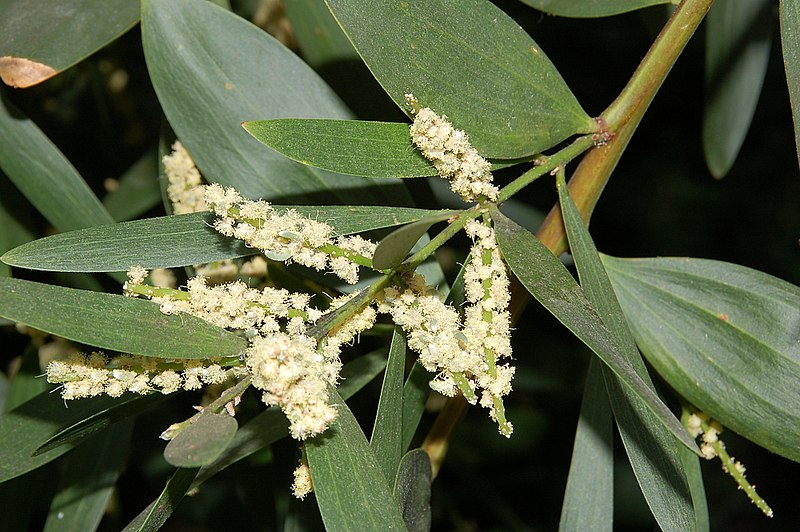
0.2% tryptamine in bark, leaves, some in flowers, phenylethylamine in flowers (Hegnauer 1994)
DMT in plant (Lyceaum)
Acacia macradeniaTryptamine
Acacia maidenii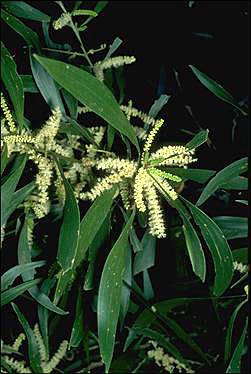
Bark of A. maidenii contains 0.6% of N-methyltryptamine and DMT in the proportions approx. 2:3 (Fitzgerald & Sioumis 1965)
Acacia mangium
Psychoactive
Acacia melanoxylon 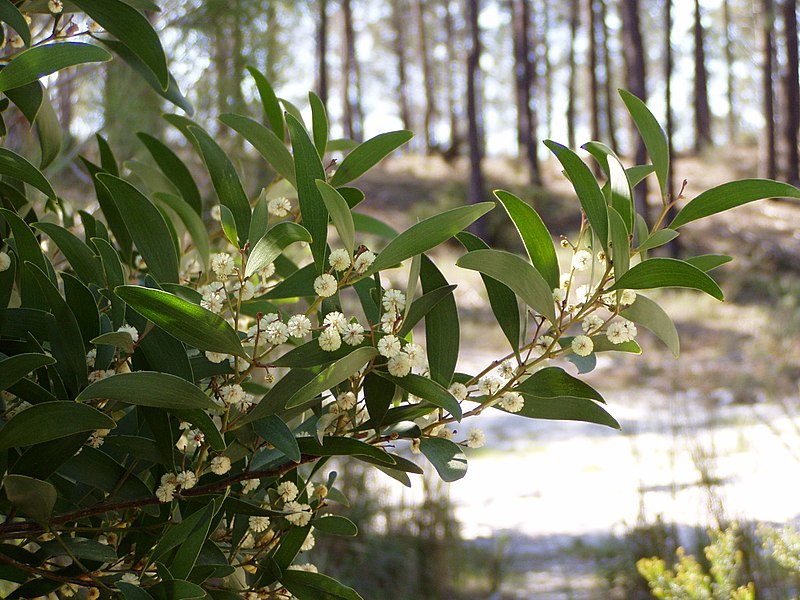
DMT in the bark and leaf, less than 0.02% total alkaloids (Hegnauer 1994)
Acacia mellifera 
DMT in the leaf (Trout's Notes)
Acacia nilotica 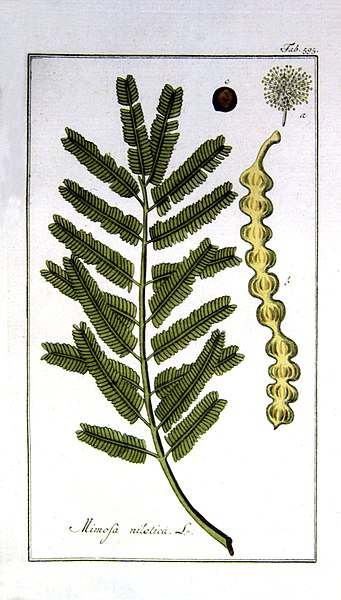
DMT in the leaf (Trout's Notes)
Acacia obtusifolia 0.4 to 0.5 % DMT in the dried bark (Csiro 1990)
Acacia oerfota Less than 0.1% DMT in leaf (Ott)
Acacia penninervisPsychoactive
Acacia phlebophylla 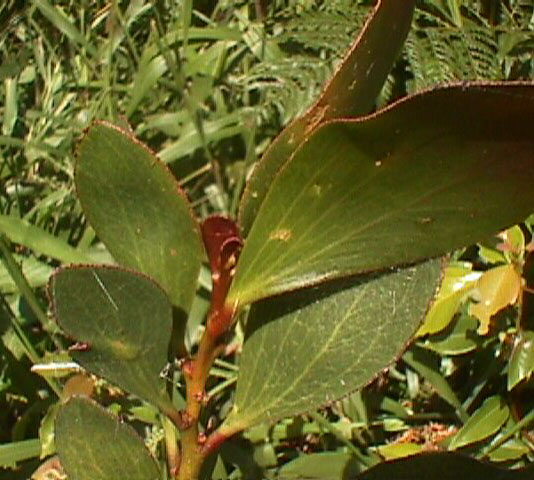
0.3% DMT in leaf, NMT (Trout's Notes)
Acacia platensisPsychoactive
Acacia podalyriaefolia 
Tryptamine in the leaf (Trout's Notes)
0.5% to 2% DMT in fresh bark, phenethylamine trace amounts (Hegnauer 1994)
Acacia polyacantha 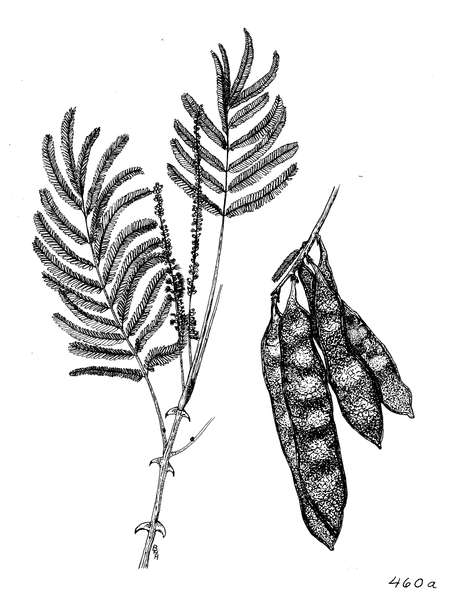
DMT in leaf (Trout's Notes)
Acacia pycantha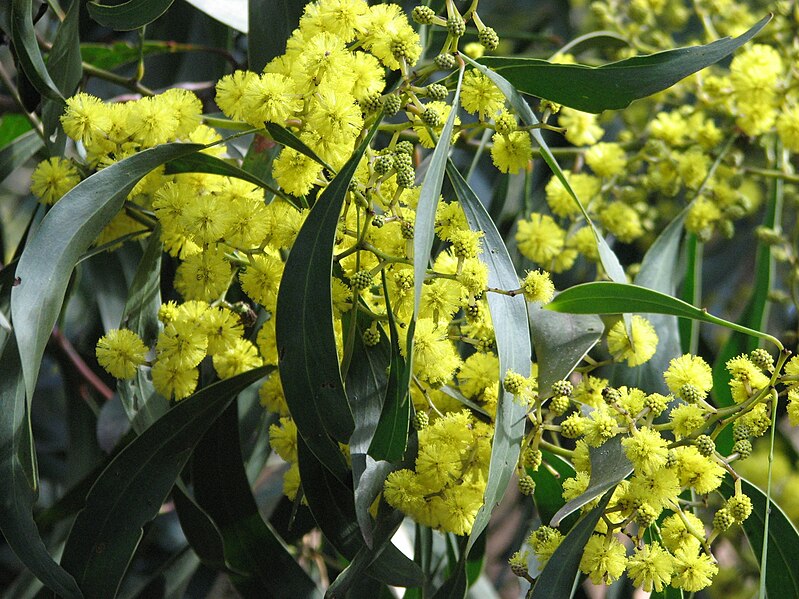
Psychoactive,[8] but less than 0.02% total alkaloids
Acacia retinodes 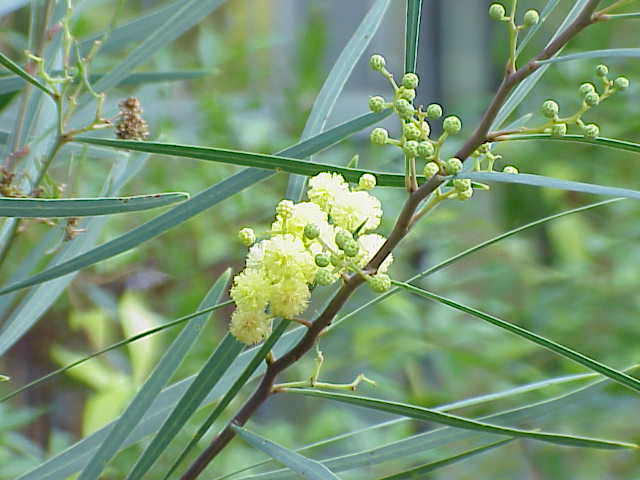
DMT and MMT (www.factorey.ch/Eins.htm)
less than 0.02% total alkaloids found (Hegnauer 1994)
Acacia roemerianaβ-methyl-phenethylamine
Acacia rigidula DMT, NMT, tryptamine, amphetamines, mescaline, nicotine and others (Phytochem. 199
 Acacia salicina
Acacia salicina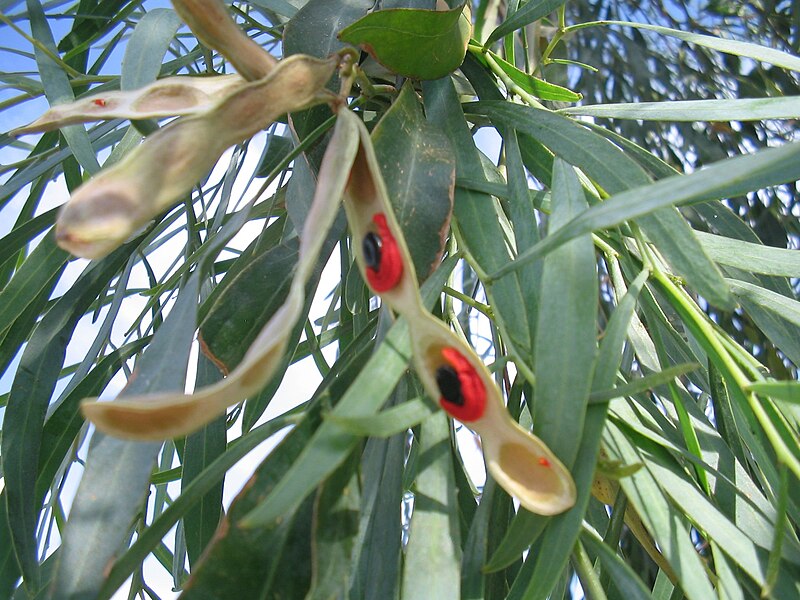
Psychoactive[8][9] Ash used in Pituri.
Acacia sassaPsychoactive
Acacia schaffneri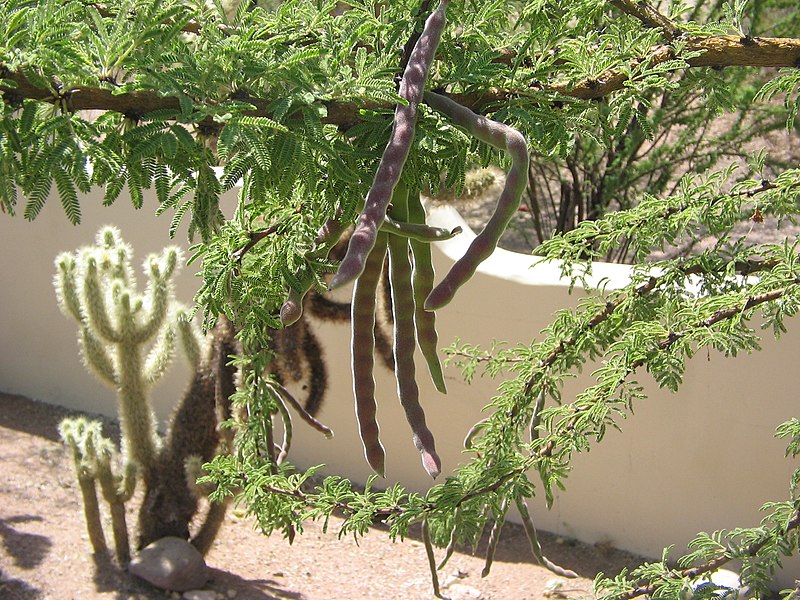
β-methyl-phenethylamine, Phenethylamine[36] Amphetamines and mescaline also found
Acacia schottiiβ-methyl-phenethylamine
Acacia senegalDMT, in the leaf
Acacia simplex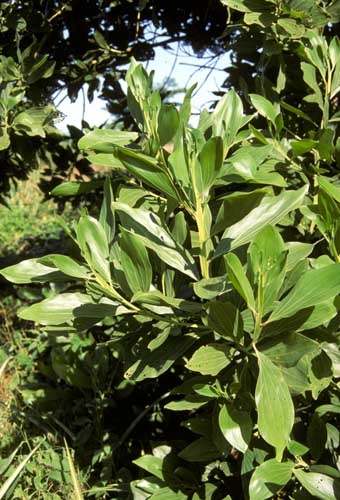
DMT and NMT, in the leaf, stem and trunk bark, 0.81% DMT in bark, MMT
Acacia taxensisβ-methyl-phenethylamine
Acacia tenuifoliaPsychoactive
Acacia tortilis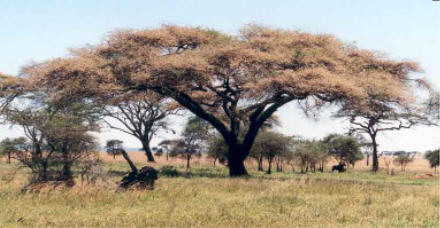
DMT, NMT, and other tryptamines
Acacia sieberiana DMT in the leaf (Trout's Notes)
Acacia verek Psychoactive (Rätsch 2004)
Acacia vestita Tryptamine, in the leaf and stem (Trout's Notes)
less than 0.02% total alkaloids (Hegnauer 1994)
Anadenanthera colubrina 
seed pods contain dimethyltryptamine and the seeds bufotenin, bufotenin oxide, and oxide of dimethyltryptamine (GRANIER-DOYEUX 1965)
Leaves, Bark, and Seeds contain DMT, 5-MeO-DMT and related compounds (Schultes 1977)
Anadenanthera peregrina seed pods contain dimethyltryptamine and the seeds bufotenin, bufotenin oxide, and oxide of dimethyltryptamine (GRANIER-DOYEUX 1965)
Leaves, Bark, and Seeds contain DMT, 5-MeO-DMT and related compounds (Schultes 1977)
Anadenanthera macrocarpa seed pods contain dimethyltryptamine and the seeds bufotenin, bufotenin oxide, and oxide of dimethyltryptamine (GRANIER-DOYEUX 1965)
Desmodium caudatum Roots: 0.087% DMT, Bufotenine-N-oxide 0.03% (Trout's Notes)
Desmodium gangeticum DMT, 5-MEO-DMT, whole plant, roots, stems, leaves (Ott)
Desmodium gyrans DMT, 5-MEO-DMT, leaves, roots (Ott)
Desmodium pulchellum DMT, 5-MEO-DMT, whole plant, roots, stems, leaves, flowers (Ott)
Desmodium racemosum 5-MEO-DMT (Ott)
Desmodium triflorum 
DMT-N-oxide, roots (Ott)
Lespedeza bicolor var. japonica DMT, 5-MEO-DMT in leaves and root bark (Ott)
mimosahostilis
Root Bark contains DMT - 0.31% to 0.57% (Schultes 1977)
Mimosa scabrella DMT in bark (Ott)
Mimosa verrucosa DMT (Schultes 1969)
Mucuna pruriens leaves, seeds, stems and roots contain L-Dopa, Serotonin, 5-HTP, and Nicotine, as well as N,N-DMT, Bufotenine, and 5-MeO-DMT (Erowid)
Petalostylis labicheoides var. casseoides DMT in leaves and stems (Ott)
Diplopterys cabrerana 
1.3% DMT (Shulgin, TIHKAL)
Contains DMT (Ott)
Horsfieldia superba 5-MeO-DMT and beta-carbolines (Jossang et al. 1991)
Iryanthera ulei 
5-MEO-DMT in bark (Ott)
Osteophloem platyspermum DMT, 5-MEO-DMT in bark (Ott)
Virola calophylla
Leaves 0.149% DMT (Ott)
Virola carinata DMT in leaves (Ott)
Virola divergens DMT in leaves (Ott)
Virola elongata DMT, 5-MEO-DMT in bark and leaves (Ott)
Virola melinonii DMT in bark (Ott)
Virola multinervia DMT, 5-MEO-DMT in bark and leaves (Ott)
Virola pavonis DMT in leaves (Ott)
Virola peruviana DMT, 5-MEO-DMT in bark (Ott)
Virola rufuta Alkaloids in bark and root, 95% of which is 5-MeO-DMT (Shulgin, TIHKAL)
Virola sebifera DMT in bark (Ott)
Virola theiodora DMT, 5-MEO-DMT in bark, roots, leaves and flowers (Ott)
Virola venosa DMT, 5-MEO-DMT in roots and leaves (Ott)
Psychotria carthaginensis 
0.2% average DMT in dried leaves (Ott)
Psychotria viridis
Leaves contain DMT - 0.10% to 0.66% (McKenna)
Edited:02-04-2008
Uncover the truth,"It's really stranger then fiction".